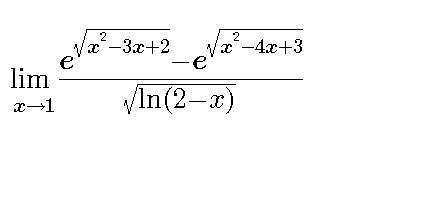
AllQuestion and Answers: Page 1921
Question Number 17869 Answers: 1 Comments: 1

Question Number 17034 Answers: 1 Comments: 0
$$\int_{\mathrm{0}} ^{\:\Pi} \frac{\mathrm{dx}}{\mathrm{3}+\mathrm{2sinx}+\mathrm{cosx}} \\ $$
Question Number 17033 Answers: 1 Comments: 0
Question Number 17030 Answers: 0 Comments: 1
$$\int\:\mathrm{cot}^{\mathrm{2}} \left(\mathrm{x}^{\mathrm{3}} \right)\:\mathrm{dx} \\ $$
Question Number 17027 Answers: 0 Comments: 0

Question Number 17019 Answers: 1 Comments: 0
Question Number 17018 Answers: 0 Comments: 8
Question Number 17017 Answers: 1 Comments: 0
Question Number 17011 Answers: 1 Comments: 0
Question Number 17010 Answers: 1 Comments: 0
Question Number 17009 Answers: 0 Comments: 1
Question Number 17008 Answers: 1 Comments: 0
Question Number 17053 Answers: 1 Comments: 0

Question Number 19167 Answers: 1 Comments: 1
Question Number 17169 Answers: 2 Comments: 0
Question Number 16983 Answers: 1 Comments: 0
Question Number 17096 Answers: 1 Comments: 0
Question Number 16980 Answers: 0 Comments: 1
Question Number 16973 Answers: 1 Comments: 0
Question Number 16990 Answers: 1 Comments: 4
Question Number 16958 Answers: 0 Comments: 0
Question Number 16951 Answers: 0 Comments: 0
Question Number 16947 Answers: 0 Comments: 0
Question Number 16946 Answers: 0 Comments: 0
Question Number 16944 Answers: 0 Comments: 2
Question Number 16969 Answers: 0 Comments: 0

Pg 1916 Pg 1917 Pg 1918 Pg 1919 Pg 1920 Pg 1921 Pg 1922 Pg 1923 Pg 1924 Pg 1925
